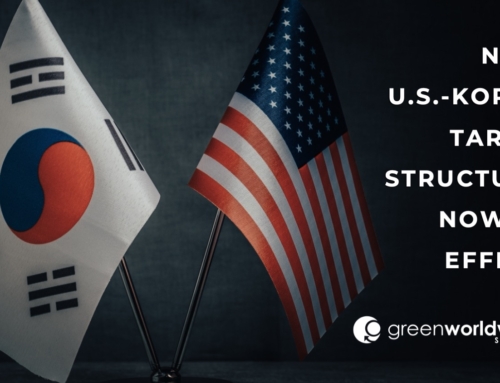The International Longshoremen’s Association (ILA) and the United States Maritime Alliance (USMX) remain stymied in contract negotiations. This contract, originally signed in 2018, is set to expire on September 30, 2024. Shippers, vessel owners, importers, and exporters anxiously await resolution as both sides work toward a resolution while a threat to strike looms large.
IMPACT OF A U.S. EAST & GULF COAST STRIKE
A coast-wide strike by the ILA would have far-reaching consequences for both the U.S. and global supply chains. The U.S. East and Gulf Coasts handle over 45% of U.S. containerized cargo, accounting for millions of tons of goods passing through these ports annually. A strike could severely disrupt the flow of essential goods, including electronics, automobiles, and agricultural products, leading to delays and increased costs for both businesses and consumers. Globally, a halt in operations at these critical U.S. ports would ripple through international trade networks, exacerbating the ongoing challenges caused by labor shortages, container backlogs, and fluctuating demand. Analysts estimate that a short disruption can reduce global trade by up to 0.5% annually.
NEGOTIATING PARTIES: ILA & USMX
The ILA, North America’s largest union representing 85,000 longshore workers, plays a key role in the operations of major ports across the East Coast, Gulf Coast, Puerto Rico, and the Great Lakes. USMX is an alliance of container carriers, direct employers, and port associations serving the East and Gulf Coasts of the United States, providing significant logistics services to the nation.
As the expiration date of the six-year contract looms, tensions are high. Negotiations initially scheduled for June 2024 were abruptly suspended after the ILA uncovered the use of an Auto Gate system at the Port of Mobile, Alabama. This technology allows terminals to process trucks autonomously, bypassing the need for ILA labor—a development the union views as a direct violation of the current agreement.
In August 2024, the ILA and the USMX “each filed a Notice to Mediation Agencies (Form F-7) with the Federal Mediation & Conciliation Service (FMCS). The purpose of filing these notices is to inform the FMCS of a dispute between the parties, and they do not represent an agreement for mediation,” according to the USMX. Neither party has returned to the negotiation table.
ILA STRIKE THREAT LOOMS
“Sisters and Brothers, it will be monumental if we are without a new Master Contract to replace the current one that expires in three weeks and four days from today. We must be prepared if we have to hit the streets at 12:01 AM on Tuesday, October 1, 2024.”
Harold Daggett | ILA President
The ILA has outlined several key issues that need resolution before negotiations can resume in earnest including an approximately 77% wage increase along with agreements regarding the use of automation. With the September 30 deadline approaching, confidence in reaching an agreement before the contract expires is waning on both sides. The unresolved dispute over automation, combined with long-standing concerns about job security, continues to be a major sticking point in the negotiations. Adding to the pressure, the ILA has indicated a willingness to take action. ILA President Harold Daggett warned members to be prepared for a potential coast-wide strike if a new agreement is not secured by the deadline.
The last time the ILA took labor action of this scale was in 1977. A strike of this magnitude will have widespread consequences for the U.S. and global supply chains, particularly for freight moving along the East and Gulf Coasts. In preparation for a strike, shippers have begun placing orders earlier than usual for delivery to the U.S. West Coast to mitigate potential shortages in the event of U.S. East Coast service disruptions.
Stay up-to-date on freight news with Green’s Weekly Freight Market Update by following us on LinkedIn. For continuous updates, make sure to check out our website at greenworldwide.com.






